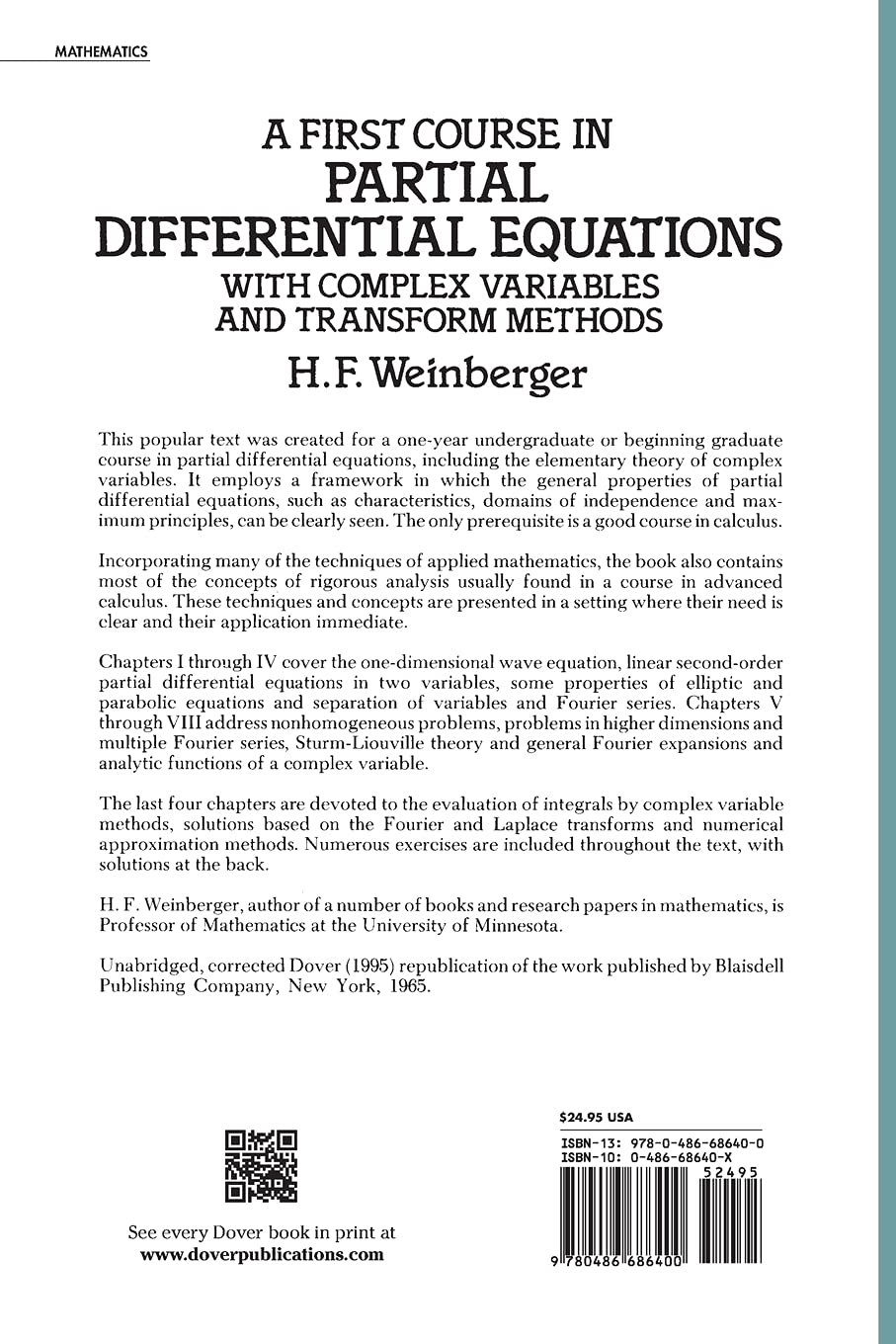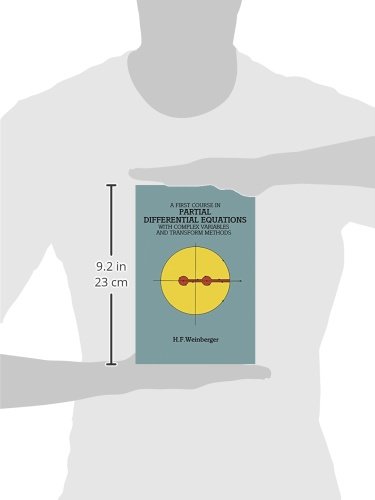Servicios al cliente
Sobre nosotros
Copyright © 2025 Desertcart Holdings Limited
Desert Online General Trading LLC
Dubai, United Arab Emirates




A First Course in Partial Differential Equations: with Complex Variables and Transform Methods (Dover Books on Mathematics)
Trustpilot
Hace 3 semanas
Hace 3 días
Hace 2 semanas
Hace 2 semanas